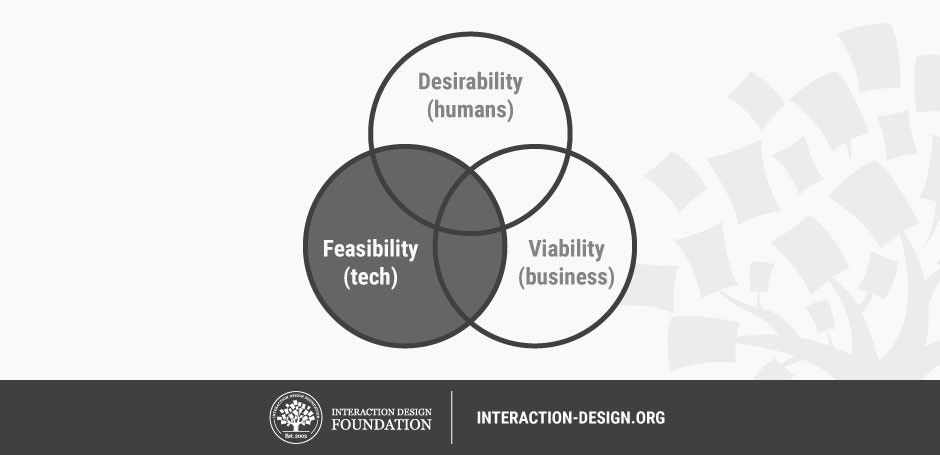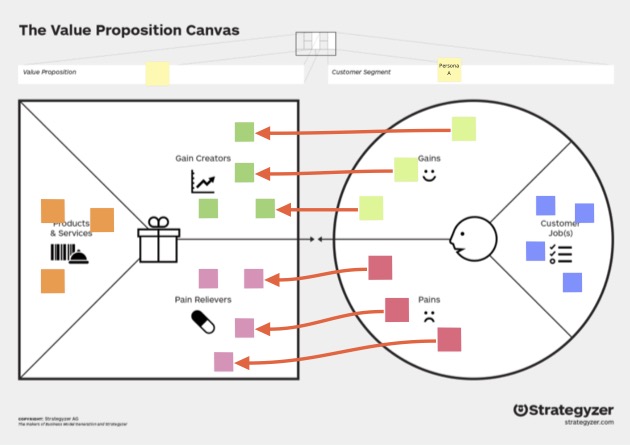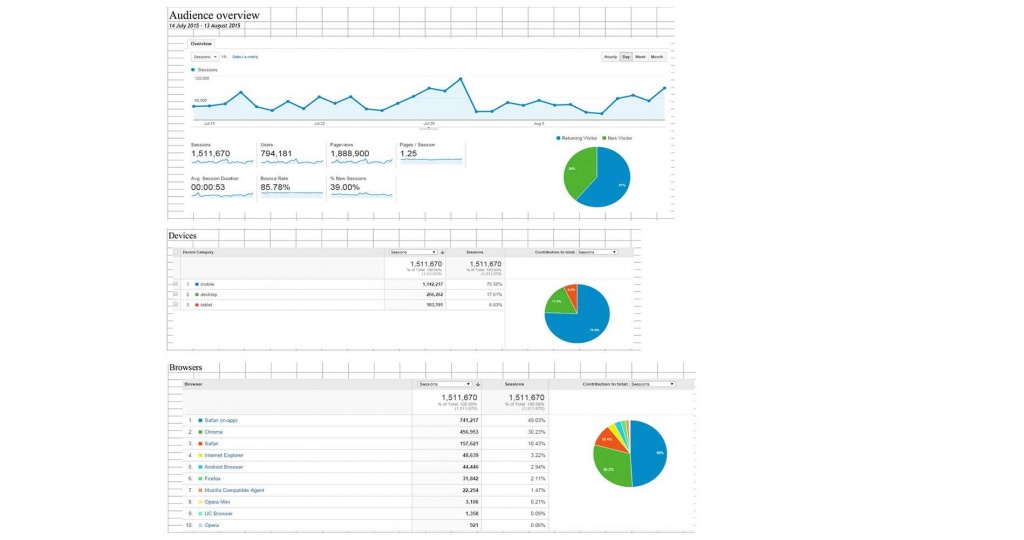If you’re thinking about hiring a UX Designer but not entirely sure how they can add value to your business or even if you’re just curious about what they do then please read on.
To understand what a User Experience (UX) Designer does, we first need to understand what user experience is. If you do a quick Google search you will find many similar but different definitions, for example Usability.gov’s definition is:
“User experience (UX) focuses on having a deep understanding of users, what they need, what they value, their abilities, and also their limitations. It also takes into account the business goals and objectives of the group managing the project. UX best practices promote improving the quality of the user’s interaction with and perceptions of your product and any related services.”
There are other designer titles like Service Designer, Product Designer, User Interface Designer and Customer Experience Designer to name a few. All of these designer roles share one common outcome; that is to have a focus on business and human needs to create the best outcomes to those involved.
This article is not to go down the rabbit hole to explain them all individually, however it is to focus on UX Designers and what they can do for your business.
So how can a UX Designer help your business?
At a high level we help companies with the following:
- Better understand your customers
- Align team members
- Find product market fit
- Mitigate risk
Better understand your customers
Who they are
UX Designers talk to customers to understand their motivations, thoughts and feelings to understand what makes them tick. Who they are and where does this product or service fit within their lives. What are they trying to achieve by using your product? Also not everyone will use your product in the same way, so we capture the different ways people think and what motivates them to use your product. We classify these into personas. Personas can come in different forms, from a lighter touch empathy map to a fully fleshed out persona, depending on what is required.
What they do
Another part of understanding customers is what they do. First we understood who they are – now we need to understand how they behave. This is crucial as UX Designers can help companies uncover behaviour patterns through a mix of qualitative research and analytics to get a complete picture of behaviour.
It is important to use multiple research methods, (triangulate) both qualitative and quantitative research and not solely relying on one. This will give you richer data and greater confidence that the behaviours you’re seeing are a true representation of customer behaviour. Disclaimer: a minimum number of participants must be met in quantitative research to achieve a greater confidence interval.
This customer behavioural data captured by UX Designers helps companies understand the areas they need to focus their attention on in order to reach the goals that they’re after.
For example a goal might be to increase conversion rate in a sales funnel. By understanding ‘what’ is the problem area through analytics and the ‘why’ through usability testing it will give you a greater understanding of why the conversion rate isn’t as high as you would like.
Align team members
Another benefit that UX Designers bring to companies is aligning team members. Often with a project, stakeholders will already have a picture in their mind of what the product should be.
By running workshops, UX Designers are able to get all the relevant stakeholders in a room (or virtual room) and get those ideas out of their heads and onto paper or a digital whiteboard. This allows the team to align and understand everyone else’s point of view. From there, this shared understanding can act as a benchmark and the team can progress.
An example of this is an assumption mapping workshop. As the name suggests an assumption workshop is where the cross functional team writes out each of their assumptions about the product/service in order for it to work.
On the y axis you have important and unimportant and on the x axis you have the known and unknown. Assumptions can be about the product’s DVF:
- Desirability – Do people want it?
- Feasibility – Can this be done technically?
- Viability – Will it make us money and can it grow?
The assumptions that lie within the important and unknown quadrant are the ones the team should focus their attention on. For each one of these you should match them up with someone either internally or externally of the business who has expertise in that field – a Subject Matter Expert (SME).


Other than workshops, UX Designers can also align team members by presenting back research that they have conducted. What they have discovered about your customers; who they are or how they behave – as mentioned in the ‘better understand customers’ section.
Showing videos of real customers talking about your product/service is a great way to understand what your customers really think about your product/service.
UX Designers also align team members by sharing wireframes, prototypes and designs with the rest of the team. Showing how the interactions work or how screens flow together is a great way to get a shared understanding of how the product/service works.
When designers work closely with other team members they’re able to get different points of view on a problem and together they can deliver the best outcome.
Find product market fit
There is a little bit to unpack with this one. First of all, what is market fit?


Market fit is when your product/service offerings are meeting your customer’s needs by either addressing what they want to achieve from a product or eliminating their pains that they encounter by not using your product/service.
A unique value proposition sounds like this;
“Our (products / services) help/s (persona) who want to (job to be done) by (verb; reducing, avoiding) (customer pain) and (verb; increasing, enabling) (customer gain).”
Knowing your unique value proposition helps other departments, especially marketing. It helps marketing tell your story about who you are as a company and what you have to offer.
Mitigate risk
UX Designers can help your company mitigate risk in two ways:
- Risk of spending millions of dollars on the wrong solution
- Risk of wasting time building the wrong solution
The risk of spending millions of dollars building a product/service that doesn’t meet your customer’s needs and hence not finding market fit. Also the risk of wasting time, sometimes years, building the wrong thing.
UX Designers can create a prototype of your intended product feature or service and get it in front of customers quickly. Building a prototype can be turned around in a matter of days whereas building the real thing with developers can take weeks.
The cost of having a team of developers spending multiple sprints (2 weeks) building something only to find out it is wrong, will cost you a lot more money than getting one UX Designer to build a prototype in a few days.
Another thing that is worth mentioning is that prototypes can be easily changed to cater to customer feedback. Changing a prototype means just altering some design files; it isn’t a big investment for companies.
Whereas if you had to update a product feature that has been built with code, it will take you a lot longer to change as it requires more people to get involved. First it needs to get prioritised by the team, then a developer has to rewrite the code then usually another developer has to review that code. After that the code then goes to a QA who tests the code so it is production ready. All that just to make a change.


So it is important that you first test your product or service with real customers and make sure it is meeting its goals well before developers need to build it. In the UX industry there is an old saying “fail fast and fail often” and this is the reason why.
The quicker you are able to get market feedback and learn from that, the quicker you are from reaching market fit. Your products or services are meeting the real needs of your customers and that is ultimately what business is about.
Summary
In summary, UX Designers help companies:
- Better understand their customers
- Understanding who they are via interviews
- How they behave through analytics and user research
- Align team members
- Through workshops
- Sharing customer’s feedback
- Showcasing designs
- Find product market fit
- Testing the company’s offerings with real customers
- Matching products/services to customer needs
- Mitigate risk
- Saving time by quickly producing prototypes to get feedback
- Saving money by quickly changing to market feedback and needing fewer resources to do so
So there you have it, a high level view of how UX Designers can help you better understand your customers, align team members, find market fit and mitigate risk. Because at the end of the day good user experience is good for business.
To see how we can help your business achieve the benefits mentioned above just get in touch with us.




